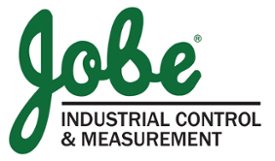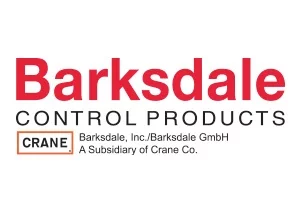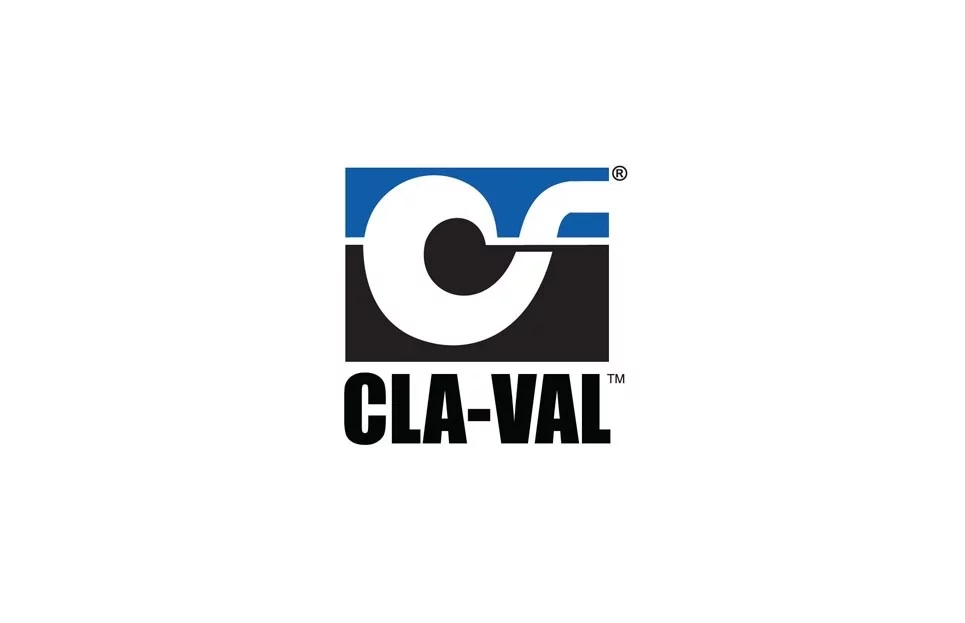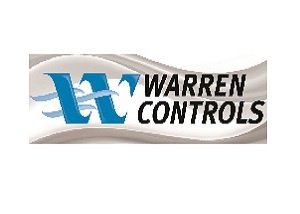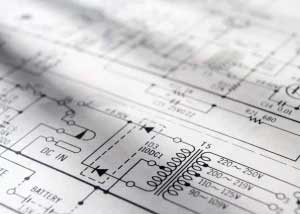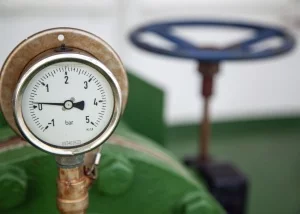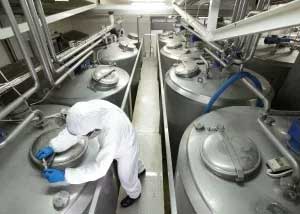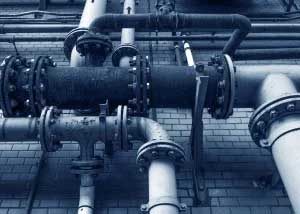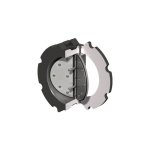
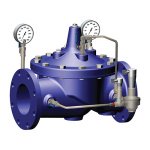
Jobe Industrial offers a diverse line of valves, actuators and regulators to work for a broad range of fluids and gasses across diverse applications and environments.
Valves Based on Application
With so many process applications, selecting the right valve can be difficult. Jobe Industrial has been sizing and supplying valves across myriad of industries and applications since 1949. Listed below you will find some common applications, the valves that are normally found in those applications, and things to consider when looking at valves.
Compressed Gas
Ball valves, also called lockout, isolation or shutoff valves are the most common used in compressed gas applications. They are available with manual, pneumatic or electrical actuating with solenoid’s being a popular option. Check valves, for preventing backflow, filtered ball valves, for removing particulate, control valves (pilot or pneumatic), for maintaining or reducing pressure, and vacuum and pressure relief valves, for safety, are also very common in compressed gas systems.
Things to consider:
- Size of the system – is it a single tank or an entire building?
- Pressure, type of gas, purpose
- The size of the system – what is the systems purpose?
Hydraulics
Hydraulic systems can range from a simple, single machine loop to a complex, factory wide system. In every hydraulic system, it is critical to keep the system closed and full so no air enters the system. Check valves (to prevent backflow), shutoff valves, and pressure relief valves are common in every system. More complex systems may require diverter-combiner valves or 3-way or 4-way valves to ensure sections requiring hydraulic fluid are supplied, while other sections can be cut off in case of leakage or for maintenance purposes.
Things to consider:
- Size of the system
- Pressure
- System Environment – any extreme conditions? Extreme conditions may call for heavy duty valves, and the larger systems will call for 3-way or 4-way valves as well as diverter-combiner valves.
Mixing/Diverting
Common in water, slurry and glycerol applications, three way valves are designed for mixing materials from two separate lines into one at a consistent rate or diverting material from one line into two separate pipes. The right valve for the application can be as simple as a manual ball valve or as complex as multiple actuated valves tied into your control system, allowing for complete automation of your process.
Things to consider:
- Material – What type of material are you running through this: is it caustic?
Pressure Control & Regulation
Commonly found in steam, water, compressed gas and waste water (or any other process manufacturing application needing consistent pressure or regulation under a maximum pressure), there are three primary pressure applications for valves – pressure regulation, pressure reduction or pressure relief. In pressure reducing applications, specific pressure reducing valves mechanically reduce high pressure fluids to a consistent, usable level. In pressure regulation applications, either a pressure regulator (advantages include being powered by the process, self-contained and typically lower cost) or pressure control valve (advantages include larger sizes available, remote monitoring/feedback, versatility) can be used match flow demand while maintaining a constant pressure. Choosing which is right is often application dependent. Finally, best practices require a pressure relief valve to ensure any pressure surge does not build up, creating an unsafe environment.
Things to consider:
- What material are you using? – This will depend on the body and trim material that is specified.
- Are you looking to replace one piece or are you specifying any entire system? Your pressure might call for a 4in body and not require the same size as the pipe, potentially providing an enormous cost savings.
Steam
A variety of valves are found in every stream application, including pressure reducing stations, which consistently change high pressure to lower usable pressure, and electronically or pneumatically actuated control valves to control the flow of steam out of the boilers. Normally installed as 2 or 3 lines split in a 1/3, 2/3 pattern, or 1/3, 1/3, 1/3 pattern of the maximum flow, this design allows for flexible operations for high and low demand periods, as well the isolation of lines for maintenance. Additionally, safety relief valves are used in case the pressure builds too high, to prevent an explosion. Finally, every steam system requires manual shut-off or isolation valves for maintenance and emergencies.
Things to consider:
- What is the system used for? Heating, hot water, sanitation? Each of these applications are a little different and in some sanitation applications, there is no condensate return (mainly food and beverage applications for Kosher reasons.)
- Has your system been looked at recently to see if new technology is available to increase the efficiency?
Slurry
Semi-liquid mixtures, more commonly called slurries, are found in myriad of process applications including food, paper and chemical processing, cement, and waste water. Three way mixing valves are very common in these applications in order to create the desired blend of material, these valves typically have an actuator on them in order to help with the batching process. In addition, slurry applications often require check valves for backflow prevention, relief valves for safety and ball valves for isolation.
Things to consider:
- What type of material is in the slurry – something that can settle or seize in the lines?
- Do the valves need to be able to completely shut off the lines, or would a minor amount of leakage be permissible. Slurries can require different trim and valve materials.
- What is the duty cycle, a few minutes a week or continuous?
Temperature Control
In addition to steam applications, temperature control is commonly seen in water, as well as, food and beverage applications. Actuated control valves are the most common valve in a temperature control system, seen with either an electronic control loop or a capillary tube system. Jobe is proud to be able to provide a wide range of Temperature Control Solutions including Honeywell for controllers and Pyromation for Thermocouples and RTDs. These systems also commonly include ball valves for shutting off the lines and check valves to prevent backflow.
Things to consider:
- What type of material is in the slurry – something that can settle or seize in the lines?
- Do the valves need to be able to completely shut off the lines, or would a minor amount of leakage be permissible? Slurries can require different trim and valve materials.
- What is the duty cycle, a few minutes a week or continuous?
Waste Water
Waste water is much more complex than most people consider, with numerous chemicals and control loops as well as pH testing, getting water clean can be a daunting task. Waste water sees the use of a lot of specialty slip valves which have the ability to expand a diaphragm inside of the pipe and shut off the water flow, this is exceptionally important when you are not sure what is running through some of those pipes. Actuated control valves can be used to automatically mix chemicals with the help of electronic controllers, Honeywell’s UDA’s lead the industry for mixing chemicals as well as easily connecting to actuated valves and factory control systems. Check valves and ball valves used for shutoff are also common.
Things to consider:
- What part of the process will this valve be placed in? Different chemicals and pH levels can require something other than the standard Stainless Steel Valves.
- Is this part of a control system, for a chemical with pH measuring capabilities? If so please be sure to let us know what you are currently using so we can be sure to make sure this new piece will work with your existing infrastructure.
Water
Few people consider what is necessary to get clean water, other than when there is a problem, and then they only care about when will they get their water back. Water uses a variety of valves as well as many different meters to keep everything running in top form. Temperature and pressure control applications, are very common, everything from heating the hot water in your house, to building systems and more have both temperature and pressure controls. These controls can be either completely mechanical or electro-mechanical depending on application. Check valves and shut off valves are commonly found in water pipes, check valves to make sure that there is no back flow and shut off valves to isolate the flow if there is a leak.
Things to consider:
- In what environment are you using this? A valve that gets buried underground can be different from one cutting off water to a specific floor in a building.
- What does the pressure look like? Does it need to be reduced or regulated? If so we will help you find the correct safety relief valves and help get everything up and running as quickly as possible.
Suppliers
Applications
Control systems use real-time information to command the behavior of machines using a
[…]
The dramatic rise in costs coupled with the increasing concerns over the future
[…]
The key to a consistent and safe process, while identifying opportunities for improvement,
[…]
Manufacturing products intended for human consumption require products with added sanitary assurances that
[…]
While some companies and institutions may be migrating to other technologies or decentralizing
[…]
